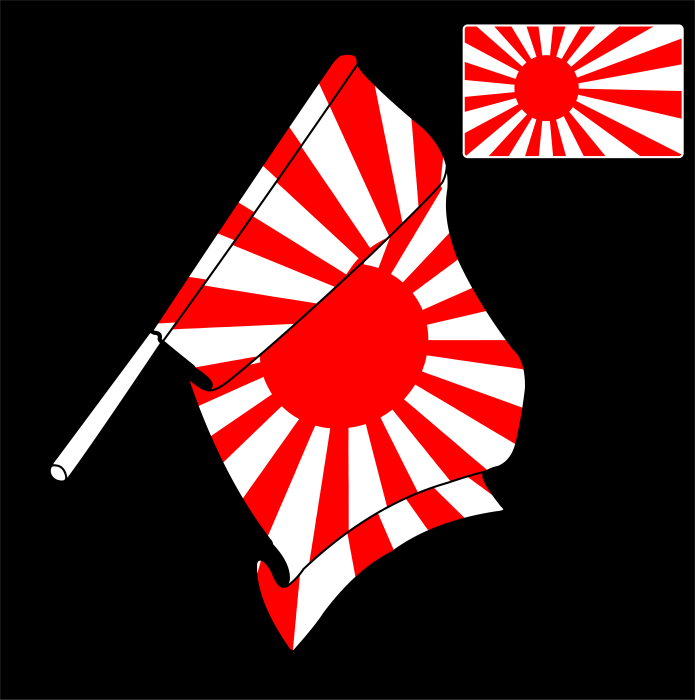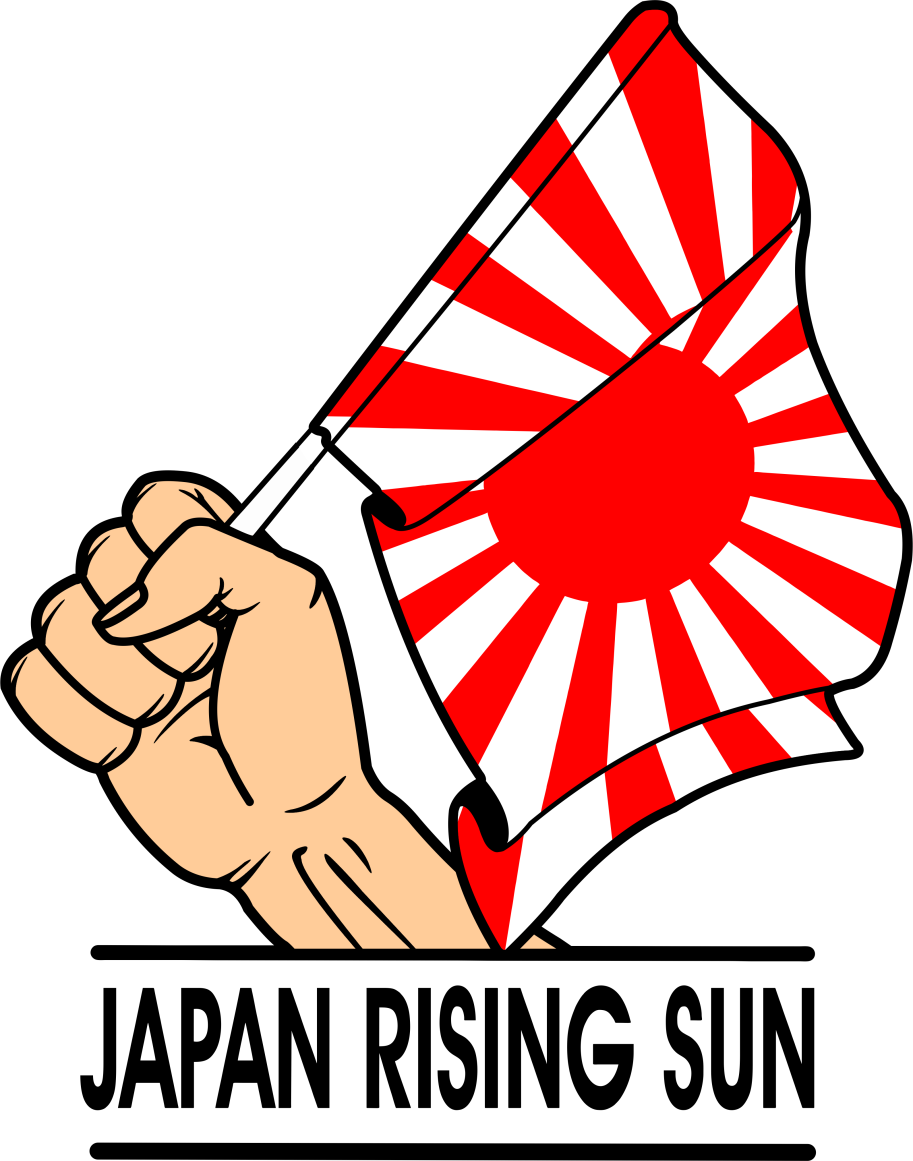What is the Rising Sun Flag?

The Rising Sun Flag features a red circle (representing the sun) with 16 red rays radiating outward. It symbolizes Japan as the “Land of the Rising Sun.”
Versions:
Imperial military flag (1870–1945): Used by the Imperial Army and Navy.
Current version: Still used by Japan’s Maritime Self-Defense Force (JMSDF).
Cultural use: Seen in traditional festivals, fish markets, martial arts imagery, and product branding.
Connections to Martial Arts, Samurai, and Bushidō
1. Samurai & Bushidō
The sun symbolizes divine origin in Shintoism, which shaped the samurai worldview.
Amaterasu, the sun goddess, is said to be the imperial family’s ancestor.
The Bushidō code emphasizing honor, duty, and courage was revived during the Meiji era when this flag was widely used.
Martial Arts Aesthetics
In modern martial arts (karate, kendo, aikido, ninjutsu), stylized sun rays often appear in:
Dojo logos
Apparel or gi patches
Posters and emblem designs
It represents focus, energy, legacy, and a spiritual link to tradition.
What do the 16 rays represent?
The 16 rays symbolize the sun’s light spreading in all directions, representing hope, power, vitality, and Japan’s imperial presence. There is no official individual meaning per ray, but the overall pattern suggests universal reach and strength — key themes in military and martial symbolism.
Controversy
In Korea, China, and parts of Southeast Asia, the flag is seen as a symbol of Japanese imperialism and wartime aggression.
Its use in sports and design is often debated and may be considered offensive in those regions.
 See artwork Japan rising sun
See artwork Japan rising sun